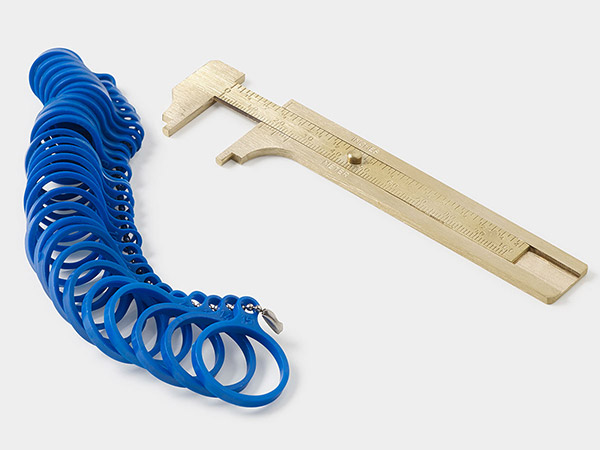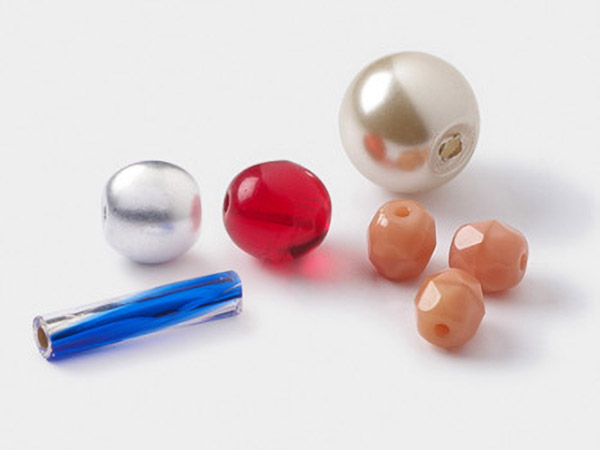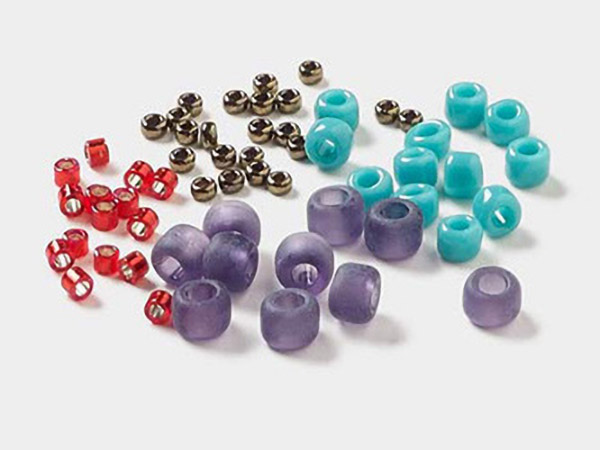Ask the Experts Measuring Q&A
How do you measure beads?
- Sarah
The most common way to measure a bead is in millimeters (mm) using a caliper. To use a caliper, slide open the tips, place the tips against the outside of the bead, close the tips down to meet the bead then read the measurement. Digital calipers do the reading for you and are super accurate.
You can also use a regular ruler to measure beads. Make sure the ruler has centimeters (cm) and millimeters (mm) printed on the ruler. Here's how:
- Put the ruler flat in front of you with the centimeters going from left to right with the 0 on your left.
- Put a pencil perpendicular to the ruler on the left side (looks like a T-bone).
- Line up 10 seed beads at the top edge of the ruler, starting at the 0.
- Press the first seed bead at the joint of the ruler and the pencil.
- Line up each seed bead as if you are stringing them tightly.
- Count the number of millimeters the 10 beads measure. For example, your 10 beads may equal 13 mm.
- Divide this measurement by 10. In the above example, 13 mm / 10 = 1.3 mm. This is the size of each bead.
One of the great things about the Fire Mountain Gems and Beads catalog is the beads are printed on the pages as the actual size (unless specifically stated otherwise) so you can use a caliper to measure the bead right on the page. A 10mm bead means the outside dimension is 10mm when measured hole to hole or perpendicular to the hole. Beads with two measurements means length x width. Fire Mountain always puts in the largest dimension first, for example, 10x6mm means the bead is 10mm long and 6mm wide.
For a bead like a briolette, teardrop or melon shape, the length is the measurement from the top to the bottom (perpendicular to the string) of the bead and the width is measured from one end of the hole to the other (parallel to the string) from the widest part of the bead.
- Kristal Wick, Designer, Author and Jewelry-Making Expert
Shop for Your Materials Here:
Still can't find what you're looking for?
Submit Your Question




